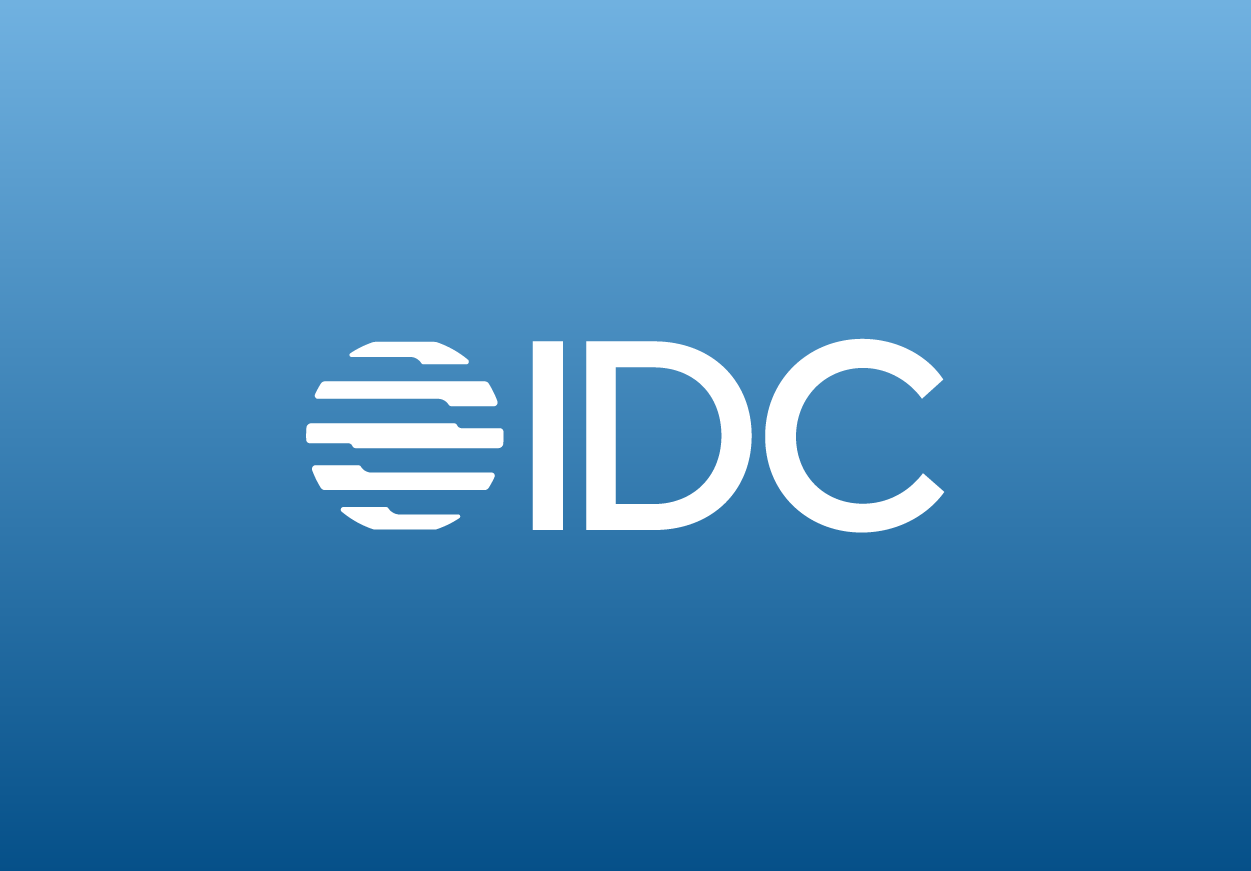Blog
Unlocking Trapped Liquidity for Cash Visibility

Editor’s Note: Kyriba hosted a webinar aiming to support CFOs and treasurers’ treasury management initiatives in a volatile and fast-moving financial marketplace with inadequate and misaligned resources. This thought leadership presentation was designed to help them unlock value at their organization and to add a layer of market research and best-practices. IDC, a leading data consulting firm, joined the webinar offering their take on ‘intelligent treasury’ and the tools needed to drive organizational growth in today’s complex financial environment. The below article is an expansion of key analyses and takeaways from the webinar.
The ever-shifting regulatory landscape and growing geopolitical uncertainty have forced companies to look inward more than ever to fund business growth. The treasurer must take the lead in finding and mobilizing internal sources of funding. However, treasurers, especially those in multinational companies, often run into the problem of “trapped” liquidity.
Trapped Liquidity by the Numbers
According to some of the research conducted among the large accounting firms:
- About €1.3 trillion in liquidity is trapped due to inefficiency in managing the organizations’ working capital, according to PwC’s Annual Global Working Capital Study.
- Approximately $460 billion in liquidity is trapped across the supply chains of the S&P 1500 companies, according to the JP Morgan Working Capital Index.
For treasurers, trapped liquidity is cash confined to one or more locations that cannot be mobilized quickly to support organizational needs. Often, this cash is trapped by a combination of legal/regulatory restrictions and a lack of visibility. Since these restrictions are outside of the treasurer’s control, we will focus our attention on the problem of cash visibility.
The Need for Cash Visibility
Lack of complete cash visibility is most often due to inefficient legacy technologies and disconnected internal processes. As a result, many treasurers are hard-pressed to rise to the challenge of monitoring and mobilizing the totality of their internal sources of funding for the organization’s decision-makers. To understand why we must first examine the challenges inherent in mobilizing internal sources of funding to support business growth.
- Speed: Speed is an area of concern for treasurers with the desire to move money around the clock and in real time into and out of the currency markets. As companies look to tap into internal sources of funding for research and development, expanding into new markets or conducting mergers or acquisitions, the ability to act quickly is paramount.
- Visibility: The treasurer must have a real-time, accurate depiction of their company’s cash position. Without cash visibility, companies that are aggressively expanding may be forced to use banks unnecessarily to fund expansions into new markets or M&A activity. Simply put, it is essential for companies to have real-time visibility into working capital, credit revolvers and asset securitization against cash flow requirements.
- Protection: Treasurers interact with many different external entities (i.e., banks, suppliers and agencies) to manage and protect the company’s assets. Unfortunately, a lot of that interaction happens outside of the treasury application software, coming to treasury staff in the form of reports, emails, faxes and more. These outside interactions heighten the chances of fraud, manual errors, lost information and miscommunication. More importantly, these manual interactions limit the treasurer’s ability to securely access internal sources of funding, ultimately leading to trapped capital.
Mobilizing Trapped Cash
The ability to mobilize trapped cash allows the treasurer to act faster and with greater certainty and accuracy. Decisions can be made with a higher level of confidence now that a more complete picture of liquidity is readily available. As a result, organizations can move with speed and certainty to take full advantage of market opportunities, for example to:
- Take advantage of early payment discounts
- Reduce payment costs by aggregating payments and re-negotiating terms
- Dynamically offset FX exposures
- Fund M&A or stock buy-back programs with more cost-efficiency
- Borrow money at a reduced rate or invest at a higher rate
As organizations move into the digital economy, treasurers are turning to advanced technologies to cope with the problem of trapped liquidity. Treasurers are finding new use cases for advanced technologies to tap into the sometimes-hidden pockets of funds quickly and efficiently.
- Rise of APIs: Treasurers need treasury liquidity technology to connect directly with other internal (and external) systems so that information flows seamlessly between internal stakeholders and banking partners.
- Real-time Payments: For treasury professionals, time is of the essence when it comes to making payments. As a result, there has been growing momentum around faster payment programs. Real-time payments allow treasurers to make disbursements or payments to partner organizations 24 hours a day. Treasurers can now also send requests and receive instant confirmations of the transaction.
- FX Tools: Foreign exchange (FX) tools give the treasurer the ability to move money around the clock and in real time into and out of the currency markets.
- Automation: Functions such as cash management, cash flow, working capital, payments and internal transfers are much more automated via the growing use of AI/machine learning.
Treasurers Can’t Wait to Address Trapped Liquidity
Trapped cash is a business issue that can easily lead to bad investment decisions. As a result, the treasurer must rise to the challenge of addressing the problem of trapped cash within the enterprise. This is especially important given the demands of today’s fast-paced economy and the complexities of operating a multinational enterprise. More and more, treasury departments are leveraging liquidity technology like modern cloud-based treasury management systems and artificial intelligence to aid in finding timely sources of funding to support business growth. IDC expects to see the general adoption of these advanced treasury technologies to rise quickly—especially among those in the market with their eye toward rapid growth and expansion.
About the Author
Kevin Permenter serves as research manager of enterprise applications at IDC. He has more than 15 years of experience consulting with Fortune 500 companies on strategic planning, market analysis/projections, technology evaluation, acquisitions and customer segmentation initiatives.












